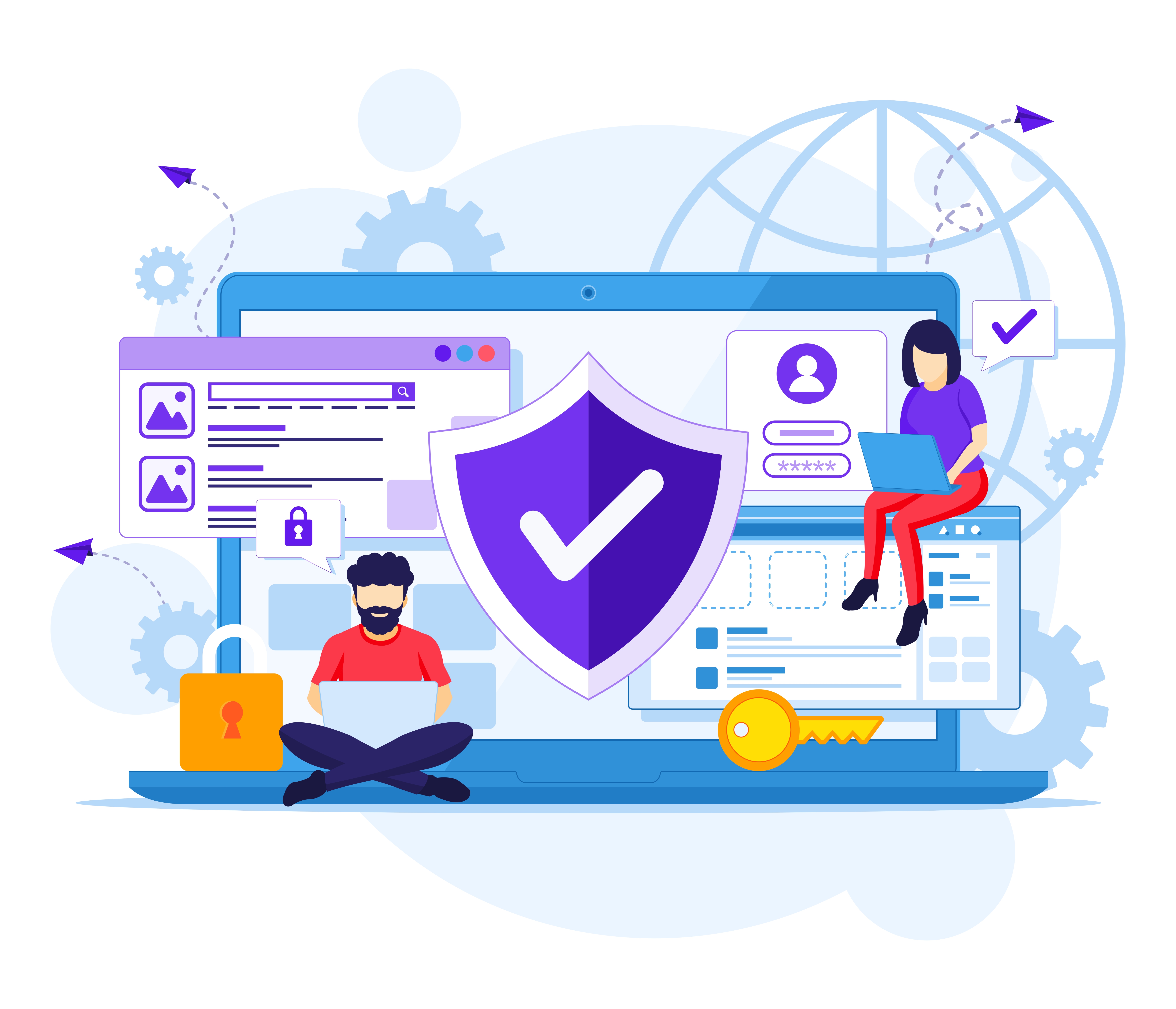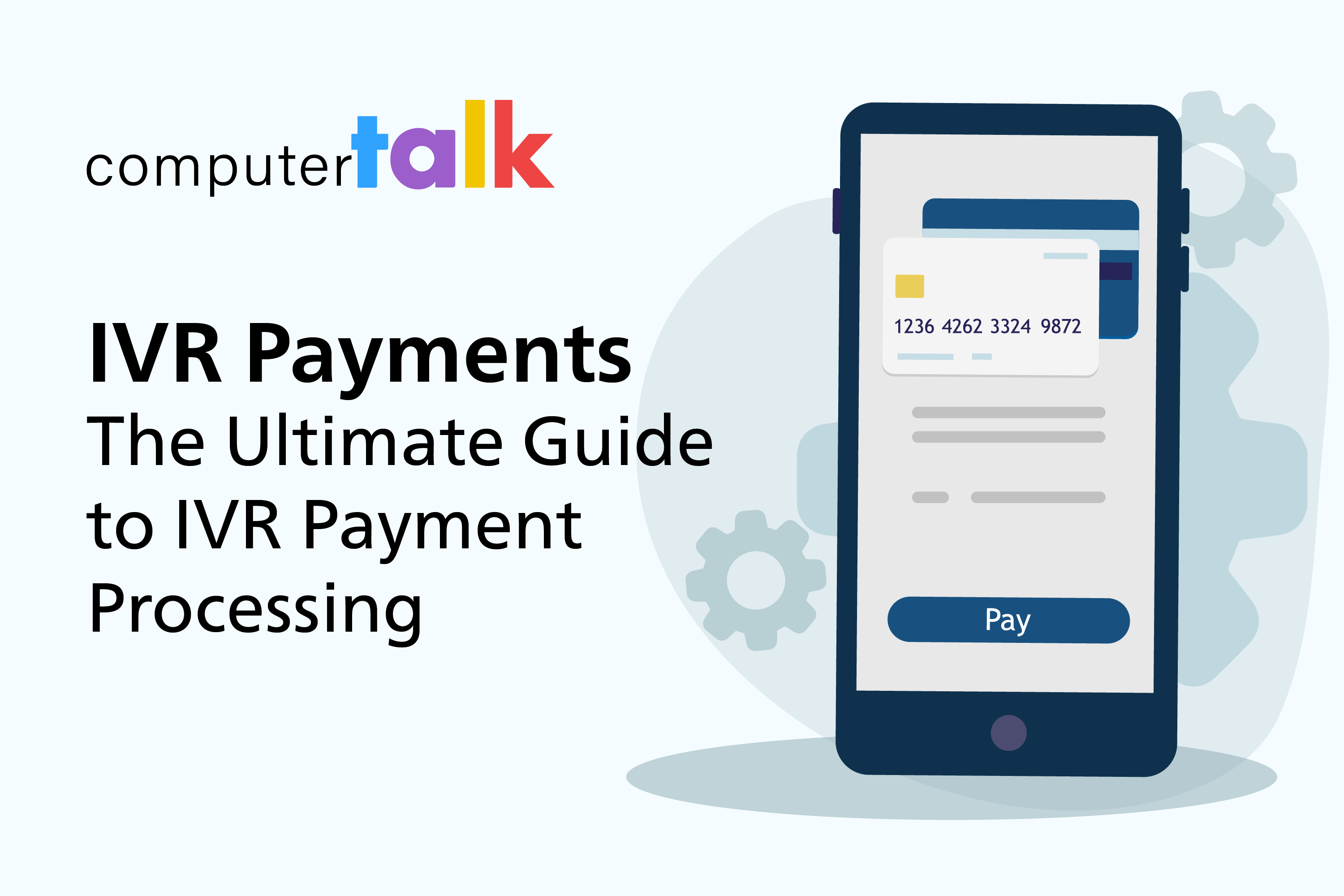Featured
How to Avoid Hidden Fees: 9 Questions to Ask When Evaluating Contact Center Vendors
by Shaundalee Carvalho | Published On June 13, 2022 | Last Updated September 27, 2024

Great customer service is important to any business. Naturally, that means that the contact center you use for customer service is an important decision to make.
With so many options out there and the pressure of knowing your organization’s customer service depends on it, it can be a tough decision.
The process can be complicated and time-consuming, so it can be especially disappointing when you think you’ve found the perfect solution, only to realize that there are hidden fees that will make it cost more than expected.
To make sure this doesn’t happen, it’s important to understand the different types of costs to expect, as well as any pricing questions you need to ask prospective contact center vendors. Read on to gain a better understanding of these topics so you can avoid hidden fees when purchasing a contact center.
Contact Center Costs
When it comes to contact center infrastructure, there are a couple options to consider: on-premises or cloud-based. On-premises contact centers are increasingly rare, so this blog will focus only on the costs associated with cloud contact centers.
Purchasing a cloud contact center will usually involve both one-time costs and recurring costs.
One-Time/Upfront Costs
When purchasing a new cloud contact center, there is usually some kind of one-time upfront cost to set up the new contact center, often in the form of either a professional services charge or an activation charge.
What Are Professional Services Fees?
Professional services fees are based on the amount of time your vendor spends to complete a project, often using an hourly or daily rate. For example, if they performed 10 days of work to complete a project, they would charge a total of 10x their daily rate.
What Are Activation Fees?
An activation fee is a set flat rate for a specified type and/or quantity of work. For example, a contact center vendor may have a set activation cost to implement a voice-only contact center with up to 10 queues or a per-agent activation cost to add new agents to your contact center.
Professional Services vs. Activations
Neither type of one-time cost is necessarily better than the other.
Activations sometimes have some discounting built in, offering a lower cost setup than what would be charged in equivalent professional services charges. But they may also be a bit more restrictive in terms of what’s offered for the cost. For example, if you need 12 queues, you may feel a bit limited if your vendor’s setup activation only covers up to 10.
Professional services, on the other hand, may offer a bit more freedom and flexibility. If you have custom application needs that extend beyond the scope of a pre-determined standard setup, it’s helpful to know they can still be implemented.
Some vendors may use a combination of both professional services and activation fees. For example, they may offer standard setups for activation costs and charge on a professional services basis for custom work outside the standard scope.
Recurring Costs
In addition to one-time costs, purchasing a cloud contact center will involve recurring costs. These are often charged on a monthly basis.
Recurring costs usually include licensing for the cloud contact center product as well as networking charges for connectivity to the contact center. Networking charges may be bundled into the product license costs or they may be separated out.
Both components can vary significantly, as there are multiple different pricing models for each. For example, a vendor may have you acquire your own telephony to connect to the contact center or they may acquire it on your behalf and build the costs into their costs to you. There are also a variety of connection types, each with their own pros, cons, and costs.
There are multiple models for pricing product licenses as well. For example, the costs may be based on number of agents or on usage.
When it comes to per-agent licensing, agent licenses may be for concurrent or named users.
What Are Named Licenses?
The named agent model requires a license for every individual user who ever logs into your contact center, no matter how many of them are logged in at any one time.
What Are Concurrent Licenses?
The concurrent model only requires as many licenses as there are users logged in at the same time.
Concurrent vs. Named Licenses
There is no single right choice when deciding what type of licensing model to use. The type of license model that will work best for your organization largely depends on your business model. For example, if you have a large staff of part-time agents with only a small portion logged it at any one time, it will likely make more sense to buy concurrent agent licenses than named licenses.

Questions You Should Ask Your Contact Center Vendor to Avoid Hidden Fees
Knowing the right questions to ask when evaluating your options can help you fully understand what’s included in a vendor’s offering so you can avoid hidden fees and make an informed decision. Read on to learn 9 questions you should be asking contact center vendors when evaluating your options.
Are agent licenses for named or concurrent agents?
Cloud contact center agents may be licensed per concurrent user or per named user. To understand the true cost of your contact center licenses, it’s essential to understand the difference between the two, and understand which model your prospective vendor uses.
If your contact center operates on a single shift with a full-time staff, the number of named licenses required will probably be about the same as the number of concurrent licenses.
However, if your organization has multiple contact center shifts per day or has several part-time staff sharing full-time hours, the number of named licenses your organization requires is likely much higher than the number of concurrent licenses. In these cases, if you think you’ve found a great deal on concurrent licenses and then discover it’s named pricing and you’ll need a higher quantity, your costs could rise significantly.
To make the best decision for your company, it’s important that you understand your licensing needs and the licensing model that your prospective vendor offers.
Are there any per-minute usage fees for inbound or outbound calls?
There are a variety of pricing models that contact center vendors use. While a quote may show prices for agent licenses or for concurrent capacity, that may not be the whole story.
Vendors may charge usage fees as well, meaning that monthly costs may vary. To get an accurate picture of what monthly costs will look like, you’ll need to understand any applicable usage fees, as well as what your organization’s average usage would be.
What fees will apply if we go over our bucket of minutes?
As an alternative to a per-minute usage model, some organizations may charge a base price for a specified bucket of time. If your organization’s usage is fairly stable and usually stays within the specified bucket, this model may work for you.
However, if your usage is highly variable and likely to often go over the bucket of time, you’ll need to understand what fees may apply for excess usage.
Are there any one-time upfront fees for setup?
While monthly recurring fees may be your main focus when considering a solution’s cost, upfront fees cannot be ignored. Ensure that all applicable upfront fees are included in any quotes you receive from potential vendors.
Are network fees included?
There are multiple costs that need to be accounted for when purchasing a contact center. Firstly, a vendor must charge for the licensing of their own product. Secondly, there are telephony fees paid to carriers for network connectivity.
A contact center vendor may pay these fees to the carrier directly and pass the cost along to the buyer (either included in the license cost or as a separate line item on their quote), or they may require the buyer to acquire telephony on their own.
Telephony fees can make up a large portion of the total cost for a contact center. Therefore, it’s important to understand what network fees have been included and what fees, if any, you will have to incur beyond the price paid to the contact center vendor.
Are Direct Inbound Dialing numbers (DIDs) included? If so, how many?
For every one of your organization’s phone numbers that reach the contact center, carrier charges apply. Ensure that there are no hidden fees by asking the vendor if these charges are included in their licensing costs or if you will need to pay for them separately.
What is included in the agent bundle?
With the rise in popularity of third party integrations and non-voice modalities like instant messaging, social media, and more, agent license costs can vary greatly, depending on what is covered by the license.
To avoid hidden fees later, ask your vendor what all is included in the agent license cost. Find out if it’s for voice only or if it includes other modalities as well; check to see if it includes any applicable integrations or if the license cost increases with the addition of a CRM or workforce management integration.
How much will it cost to add new modalities in the future?
If you decide to start with a voice-only contact center and add modalities like IM or email later, you should understand in advance what those future costs will look like.
If you sign a contract for a voice-only contact center and realize too late that the cost to add new modalities exceeds your budget, you could end up stuck without your desired modalities for the remainder of your contract.
What options are available for future workflow changes?
Organizational needs are constantly changing. There’s a good chance that changes will need to be made to your contact center in the future, whether it’s adding new queues, implementing skill-based routing or something else.
You may be able to implement changes yourself or you may have to seek support from your contact center vendor, depending on the complexity of the change, the product’s capabilities, and your contact center vendor.
If you have an in-house team with the skills and interests to make changes themselves, find out what kind of training is available so that you can save money on professional services in the future. If you don’t have the resources in-house, find out what types of professional services are available from your vendor and how much they’ll cost.
Conclusion
Finding a new contact center vendor can be tough, especially when you don’t know what questions to ask. These 9 questions will help you better understand a contact center vendor’s product and pricing, allowing you to avoid hidden fees and find the right solution at the right price point for your organization. For more information on evaluating contact center vendors, check out 11 Things to Consider When You’re Choosing Your Next Contact Center Solution.
More from our blog
 Contact centers continually generate user data through various media channels. Therefore, it is essential for cloud-based contact center providers to establish and maintain industry-standard security controls to support the handling and storage of sensitive information. Maintaining a secure contact center...
Contact centers continually generate user data through various media channels. Therefore, it is essential for cloud-based contact center providers to establish and maintain industry-standard security controls to support the handling and storage of sensitive information. Maintaining a secure contact center...
 As someone who has been going to in-person Microsoft conferences for 15 years, the last couple of years have been a real change in routine. There was always a regular cadence of two or three events a year, typically Build...
As someone who has been going to in-person Microsoft conferences for 15 years, the last couple of years have been a real change in routine. There was always a regular cadence of two or three events a year, typically Build...
 Modern IVR systems are more than just valuable tools that help customers navigate their journey with your call center. Today’s solutions allow companies to automate a range of processes, from routing callers to the right agent, to processing transactions.
Modern IVR systems are more than just valuable tools that help customers navigate their journey with your call center. Today’s solutions allow companies to automate a range of processes, from routing callers to the right agent, to processing transactions.

